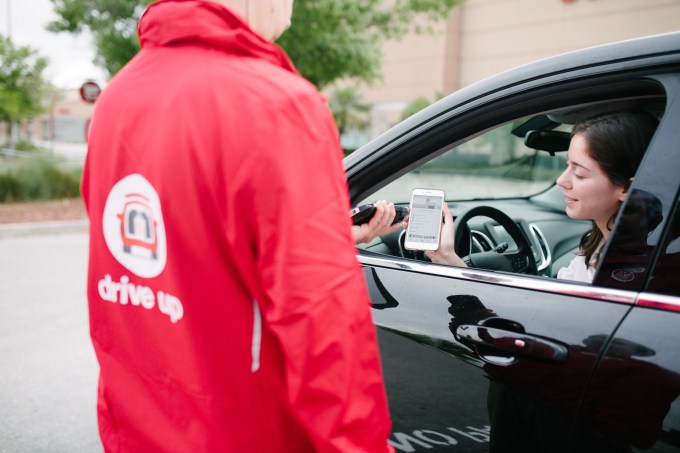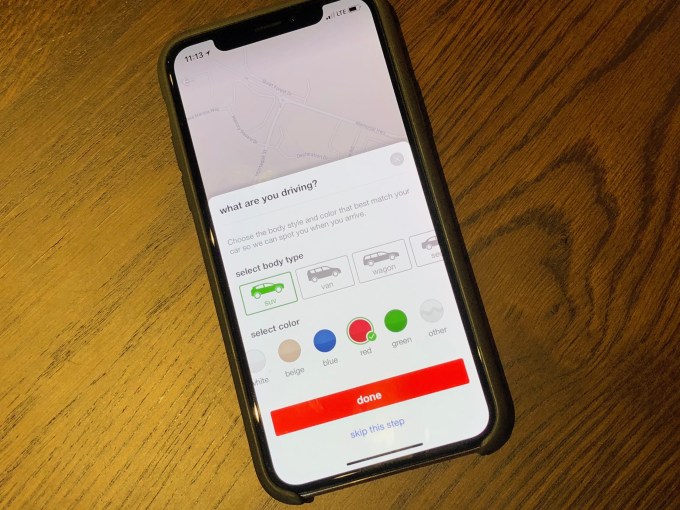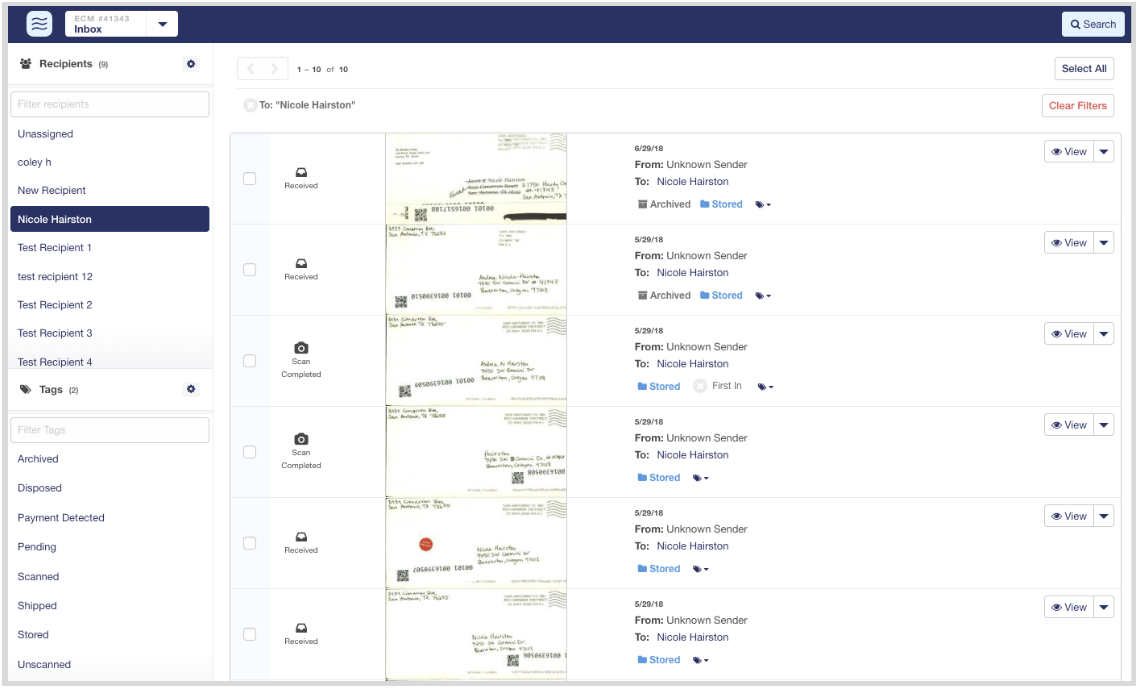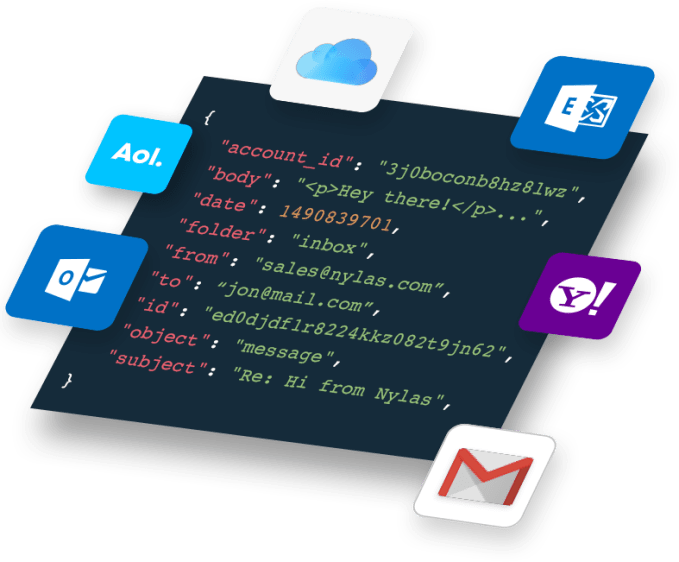Lyft has hired Google veteran Manish Gupta as vice president of engineering to build out the ride-hailing company’s business platforms, including enterprise, partnerships, and healthcare.
Gupta will report directly to Peter Morelli. He will work alongside Ran Makavy, who heads up Lyft’s ride-share technology team, CFO Chris Lambert, and Katie Dill, the company’s vice president of design.
In this newly created position, Gupta will also oversee Lyft employees working on payments, fraud prevention, and privacy.
Gupta’s hiring comes amid explosive growth at the ride-hailing company. Two years ago, Lyft’s ride-hailing app was accessible in less than 50% of the U.S. and had only 17% market share—far behind rival Uber.
Today, Lyft has 96% coverage in the U.S. and 35% market share. The company’s driver network has grown from 315,000 in 2015 to 1.4 million drivers in 2017. It’s employee ranks have grow more than fivefold to 3,600 people.
The ride-hailing company’s bookings run rate based on a second quarter estimate is $7.7 billion.
Lyft Business, the company’s enterprise unit, has also expanded in the past two years as it partners with more organizations and companies like Starbucks, LAX, Allstate, Hewlett Packard Enterprise, JetBlue, Delta, and Blue Cross Blue Shield.
The company is increasingly focused on the potential of these business partnerships, particularly with healthcare organizations and non-emergency medical transport. For example, a hospital or doctor’s office, could use a desktop version of the Lyft app to order a ride for a patient. Lyft already has partnerships with some of the largest health systems in the U.S., including Ascension, Denver Health System, Hennepin County Medical Center and El Camino Hospital.
It’s in here where Lyft hopes to tap into Gupta’s experience.
Gupta has been at Google since 2002 in a variety of roles, most recently leading its Google Ads’ buy-side platform. During Manish’s 16-year tenure at Google, he also built AdSense for TV, Video and Display ads, and the billing and payments system for advertisers and publishers.




 “Monument Valley is a one of a kind experience, at once small in its meditative, simple gameplay, as well as enormous in its sense of history,” Osborne told Deadline, in a statement. “I’m privileged to be handed the reins to Ida’s mysterious kingdom, to play in her world of impossible architecture where seeing things differently is everything. I am thrilled to bring this unique world to theaters with the talented storytellers of Paramount and Weed Road.”
“Monument Valley is a one of a kind experience, at once small in its meditative, simple gameplay, as well as enormous in its sense of history,” Osborne told Deadline, in a statement. “I’m privileged to be handed the reins to Ida’s mysterious kingdom, to play in her world of impossible architecture where seeing things differently is everything. I am thrilled to bring this unique world to theaters with the talented storytellers of Paramount and Weed Road.”




